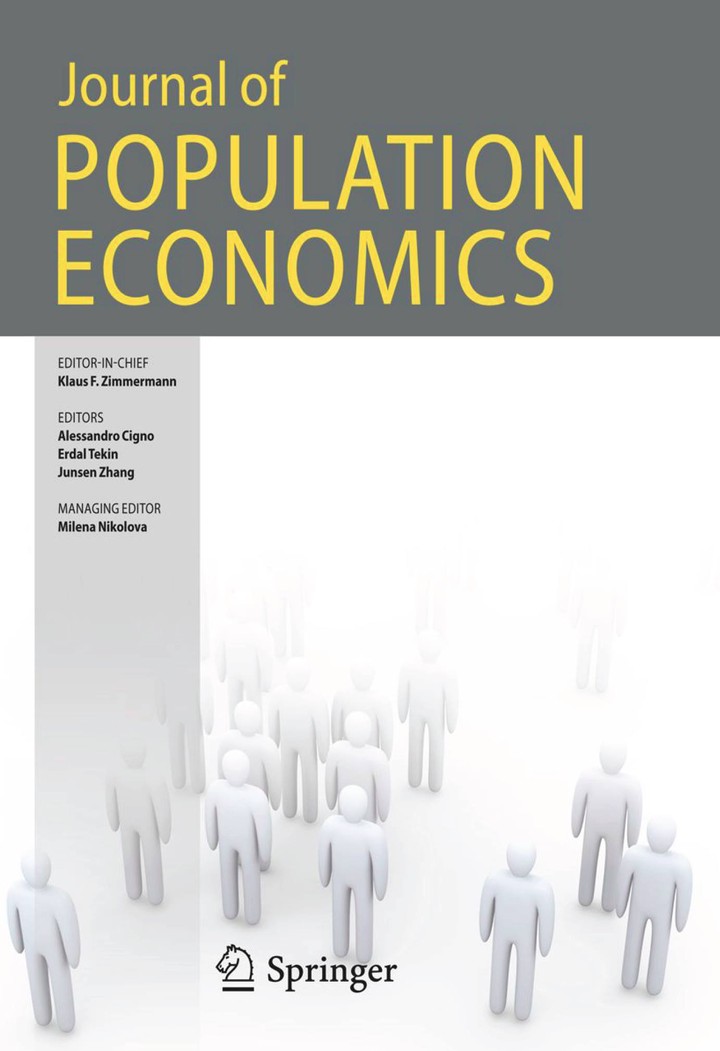
Abstract
This study investigates the Georgian Orthodox Church’s response to declining fertility rates through a 2007 intervention, wherein the Patriarch personally baptized 3rd and higher-parity children. Employing synthetic control and interrupted time series methods using macro data, we find suggestive evidence of increased fertility rates. Validating these findings with micro data from a representative sample of Georgian women, we use quasi-experimental variation generated by religion, ethnicity, and marital status of the women and the timing of the announcement to estimate the causal impact using the difference-in-differences estimator. We find a 17% increase (0.3 children per woman) in the national total fertility rate, a 42% increase in Georgian Orthodox women’s birth rate within marriage (an increase in annual hazard rate of 3.5 percentage points), and a 100% increase in their 3rd and higher-order birth rate within marriage (1.3 percentage points higher annual hazard rate). The impact of the intervention also correlates with higher marriage rates and reduced reported abortions, aligning with the church’s goals. This research emphasizes the potential impact of non-economic factors such as religion and the influence of traditional authority figures on shifting fertility patterns in industrialized, educated, and low-fertility societies.